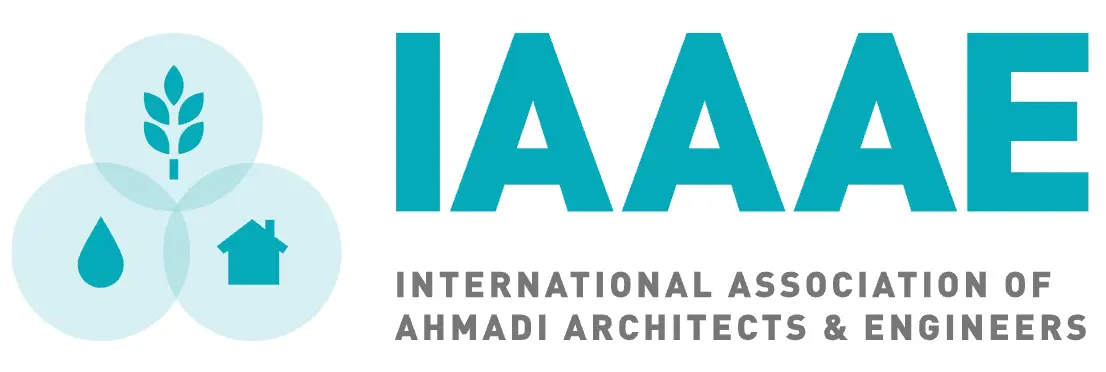CLEAN ENERGY IS THE FUTURE
GHANA
What is AEC?
Mission and Objectives
The AEC was created to tackle the critical issue of energy poverty in Africa, where millions lack access to reliable electricity, particularly in rural and remote areas. Its primary objectives include:
- Providing Decentralized Energy Solutions: Implementing renewable energy systems like solar panels and wind turbines to deliver electricity to off-grid communities, bypassing the high costs and logistical challenges of centralized power grids.
- Promoting Sustainability: Utilizing clean energy sources to reduce reliance on fossil fuels, aligning with global environmental goals and improving local health by reducing pollution from traditional energy sources like kerosene or biomass.
- Empowering Communities: Enhancing socio-economic development by providing energy for homes, schools, healthcare facilities, and small businesses, thereby improving education, healthcare, and economic opportunities.
- Cost-Effective Innovation: Developing affordable and scalable renewable energy technologies tailored to the needs of African communities, ensuring long-term viability and local maintenance.
The AEC’s work aligns with the Ahmadiyya Muslim Community’s broader humanitarian ethos, which emphasizes service to humanity as a core tenet of faith, and supports global initiatives like the United Nations’ Sustainable Development Goal 7 (affordable and clean energy for all).
Key Activities and Projects
The AEC focuses on practical, community-level interventions to bring renewable energy to deprived areas. While specific project details are limited, the following highlights its activities based on available data:
- Solar Energy Projects: The AEC has prioritized solar energy due to Africa’s abundant sunlight, with many regions receiving over 2,000 kWh/m² annually. Projects likely include installing solar photovoltaic (PV) systems for households, schools, and community centers, similar to other regional initiatives like Rwanda’s decentralized solar systems.
- Wind Energy Initiatives: In areas with suitable wind resources, such as coastal regions or near topographical features, the AEC explores small-scale wind turbines to complement solar solutions. These are particularly useful in decentralized setups where wind can provide consistent power.
- Community-Centric Approach: The AEC designs projects to be sustainable by training local communities to maintain and operate renewable energy systems, ensuring long-term functionality and fostering local ownership.
- Response to Challenges: The AEC faced setbacks during the COVID-19 pandemic, as engineers from Europe were unable to travel to remote African villages. Despite this, the committee has continued to adapt, focusing on local teams and remote coordination, as seen in IAAAE’s work in Sierra Leone, where local teams repaired infrastructure.
Specific examples of AEC projects are not extensively documented in the provided sources, but the IAAAE’s broader work offers context. For instance:
- In Gbeyakarou, Benin, the IAAAE developed a model village that likely incorporated renewable energy solutions, suggesting the AEC’s involvement in similar integrated projects.
- In Sierra Leone, local IAAAE teams have been active in maintaining infrastructure, indicating the AEC’s emphasis on building local capacity for energy projects.
Impact and Significance
The AEC’s work addresses critical challenges in Africa’s energy landscape:
- Energy Poverty: Over 600 million Africans lack access to electricity, with sub-Saharan Africa having the lowest electrification rates globally. The AEC’s decentralized solutions help bridge this gap, particularly in rural areas where grid extension is impractical.
- Health and Environment: By replacing kerosene lamps and biomass fuels with clean energy, the AEC reduces indoor air pollution and greenhouse gas emissions, contributing to better health outcomes and climate goals.
- Socio-Economic Benefits: Access to electricity enables longer study hours for students, better healthcare services, and economic opportunities for small businesses, aligning with the African Union’s Agenda 2063 for sustainable development.
- Scalability and Resilience: Solar and wind systems are highly scalable, ranging from small household units to larger community grids, and offer redundancy—if one panel or turbine fails, the system remains functional.
The AEC’s focus on decentralized systems is particularly effective in Africa, where the high cost of transporting electricity from large-scale power plants makes grid expansion challenging, especially in remote areas.
GALLERY:

